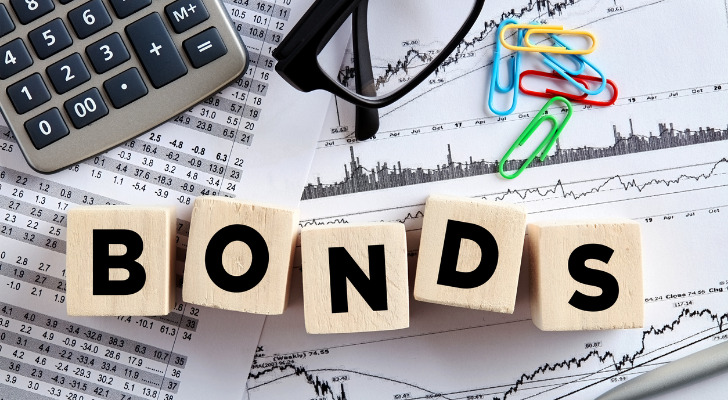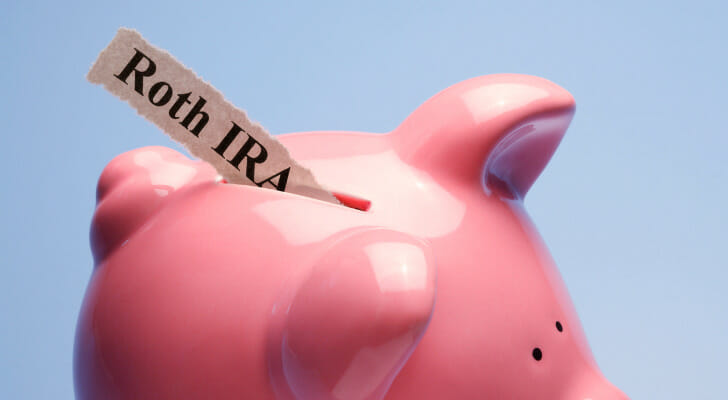When planning for retirement, the investment vehicles you choose can significantly impact your financial future. A Roth IRA stands out as a particularly attractive option, offering tax-free growth and withdrawals in retirement. But once you’ve opened your account, the next crucial decision is determining which Roth IRA investments to consider for your portfolio. Unlike traditional IRAs, Roth accounts give you the flexibility to invest in a wide range of assets. The best investment strategy often depends on your time horizon, risk tolerance and retirement goals.
For help with any type for retirement planning, consider working with a financial advisor.
Understanding Roth IRAs
Roth IRAs are similar to traditional IRAs except that the money you contribute is after-tax dollars. Later, in retirement, you do not pay taxes on the money you withdraw from a Roth IRA because those contributions have already been taxed.
This one fact makes some investments better suited for the Roth IRA rather than the traditional IRA. You don’t have to take a required minimum distribution (RMD) with a Roth IRA, unlike the traditional IRA. Since you do not have to take an RMD each year, you can either make withdrawals or not, potentially passing the money on to your heirs.
Since the contributions to a Roth IRA are not taxed when you withdraw them, this type of IRA is ideal for growth stocks, income stocks, REITs, high-yield corporate bonds and actively managed mutual funds. Any financial asset that generates a high level of current income and will be taxed is a possible investment for the Roth IRA.
What Should (and Should Not) Be in a Roth IRA?
In general, the best investments for your Roth IRA are those that generate highly taxable income such as dividends, interest and short-term capital gains. If you purchase these types of investments, you will substantially improve the tax efficiency of your portfolio and lower your overall tax liability. The earnings from the investments in your Roth IRA will never be taxed as you withdraw them if you follow all the rules about Roth IRAs.
It makes little sense to put low-yielding investments into your Roth IRA. Examples are money market mutual funds, certificates of deposit and all other cash-equivalent investments. This type of investment is earning very little interest, so there isn’t much to tax shelter.
Annuities are another investment that you might not want in a Roth IRA, at least if you’ve got a long time horizon before retirement. They are tax-sheltered. A few years before retirement, one strategy is to move them into your IRA if possible. Municipal bonds usually enjoy tax-exempt status, so they do not need the power of the Roth IRA.
Exchange-traded funds (ETFs) are very popular, but part of the reason is that most are passively managed because they track one of the many market indexes. A passively managed fund does not make many trades so for this reason, they have less need for the tax shelter of a Roth IRA.
Consider These Investments for Your Roth IRA

Choosing your investments is one of the largest benefits of opening an IRA account. Here are investments that may need the power of a tax-sheltered Roth IRA:
1. Equity Securities
Equity securities represent ownership interests in a company or corporation. When you purchase equity securities, you’re essentially buying a small piece of that business, becoming a partial owner. These financial instruments are fundamental to capital markets and provide companies with a way to raise funds for growth, expansion or other business needs without taking on debt. Here are some stocks to consider:
- Growth stocks: The universe of growth stocks includes small- and mid-cap stocks along with some large-cap stocks. They offer capital gains, both short- and long-term and many offer some level of dividends. Including your growth stock investment in a Roth IRA is a good strategy due to the type of income it generates.
- Income stocks: Income stocks are those of companies that have completed their growth phase. Instead of capital gains, they tend to generate dividends. If you don’t tax shelter this type of stock, you’ll pay taxes on that dividend income.
2. Mutual Funds
Mutual funds are a popular investment for IRA accounts. They generate dividend income and often, at the end of the year, capital gains are distributed to investors. You can benefit by including mutual funds in your Roth IRA so both dividend and capital gains will be tax-sheltered.
Choose actively managed mutual funds instead of index funds. Active managers tend to make a lot of trades. If you invest in actively managed funds, you can get some excellent investments but with the income resulting from trades, as well as dividends, being tax-sheltered.
3. Real Estate Investment Trusts (REITs)
There are two ways to invest in real estate for your Roth IRA. The indirect method is to purchase shares of a REIT, which pays a high level of dividends. They are typically invested in many types of property, ranging from apartment buildings to cell towers. They also offer some capital appreciation. They are required, each year, to distribute 90% of their dividend income to their investors so you really need a tax shelter for them if you invest in REITs.
4. Corporate Bonds
When you invest in the bonds that corporations issue to raise money, you earn interest income during the life of the bond. In particular, if you invest in high-yield corporate bonds, you need a tax shelter for your interest income. High-yield corporate bonds have more risk than government bonds since they are looking to make a higher return by taking on more risk.
Tips for Choosing the Right Investments in Your Roth IRA
Selecting investments for your Roth IRA requires careful consideration of your financial goals, risk tolerance, and time horizon. Since Roth IRAs offer tax-free growth and withdrawals in retirement, making smart investment choices can significantly impact your future financial security.
- Consider your time horizon: The length of time until you need the money should guide your investment strategy. If retirement is decades away, you might tolerate more risk for potentially higher returns. As you approach retirement, gradually shifting to more conservative investments helps protect your accumulated wealth.
- Diversify across asset classes: Spreading investments across stocks, bonds, and other assets can help manage risk while pursuing growth. Diversification prevents a single market downturn from devastating your retirement savings while allowing you to capture returns from different economic environments.
- Evaluate expense ratios: The fees associated with investments directly impact your returns over time. Even small differences in expense ratios can significantly reduce your nest egg over decades. Look for low-cost index funds and ETFs that provide broad market exposure without excessive management fees.
- Assess your risk tolerance: Understanding your emotional and financial ability to withstand market volatility is crucial when choosing Roth IRA investments. Be honest about how you’d react to significant market drops and select investments that won’t cause you to panic sell during downturns.
- Consider tax efficiency: While Roth IRAs already offer tax advantages, being strategic about which investments you hold can maximize benefits. Growth-oriented investments that would typically generate taxable gains work particularly well in Roth accounts since all qualified withdrawals will be tax-free.
Choosing the right investments for your Roth IRA is a personal decision that should align with your unique financial situation and goals. Regularly reviewing and adjusting your investment mix ensures your strategy remains appropriate as your circumstances change over time.
Bottom Line

There are all sorts of rules you have to follow based on what type of retirement account you are funding, whether it be a traditional IRA or a Roth IRA. Generally, you will want three types of securities in your Roth IRA. You’ll benefit from including growth and income stocks, investments that generate high levels of interest and dividend income.
Tips on Investing
- Investors have a myriad of choices of securities to put into a Roth IRA, so a financial advisor can save you time as well as help you make good decisions as you pick securities. Finding a financial advisor doesn’t have to be hard. SmartAsset’s free tool matches you with vetted financial advisors who serve your area, and you can have a free introductory call with your advisor matches to decide which one you feel is right for you. If you’re ready to find an advisor who can help you achieve your financial goals, get started now.
- If you want to see how capital gains affect your taxes, check out SmartAsset’s capital gains calculator.
Photo credit: ©iStock.com/DNY59, ©iStock.com/HAKINMHAN, ©iStock.com/cagkansayin
